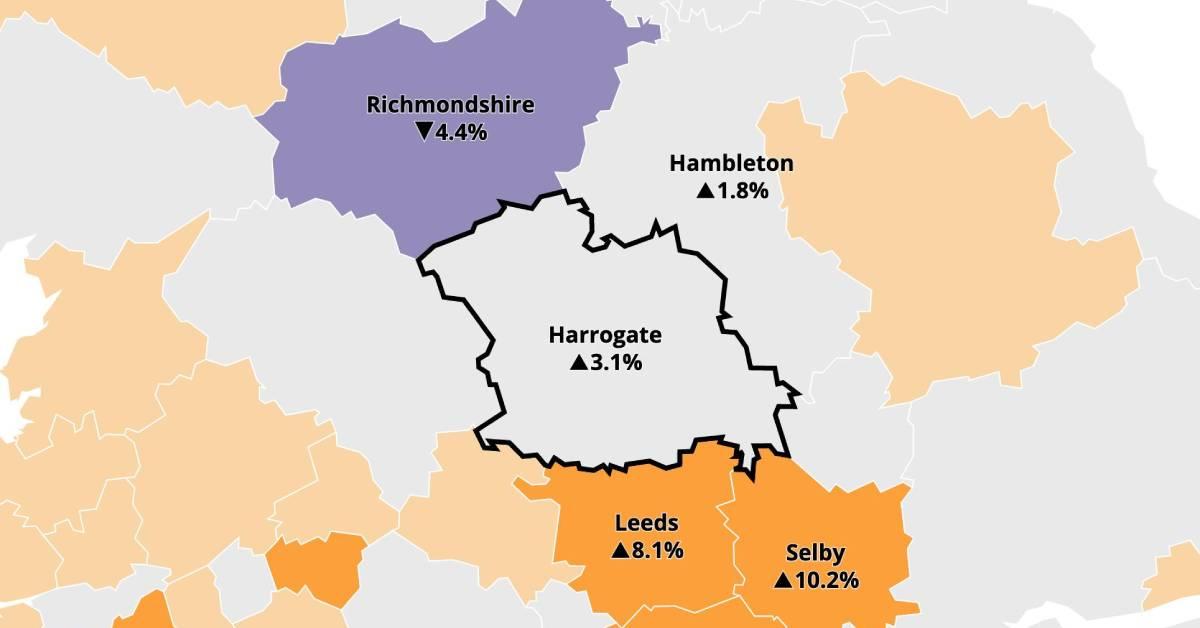Subscribe to trusted local news
In a time of both misinformation and too much information, quality journalism is more crucial than ever. By subscribing, you can help us get the story right.
- Subscription costs less than £1 a week with an annual plan.
Already a subscriber? Log in here.
28
Jun 2022
Harrogate district population grows at half the national average

The Harrogate district population has increased by almost 5,000 people since 2011, the latest census has revealed.
The government's census survey, which happens every 10 years, gives a snapshot of the population at that time and is used to inform local and national government policy.
Census day was in March last year and the Office for National Statistics has collated the data and published the first set of results.
It reveals the Harrogate district population has increased by 3.1%, from 157,900 in 2011 to 162,700 in 2021.
This is lower than the overall increase for England (6.6%), where the population grew by nearly 3.5 million to 56,489,800.
Nearby areas like Selby and Leeds have seen their populations increase by 10.2% and 8.1%, respectively, while others such as Hambleton saw a smaller increase (1.8%) and Richmondshire saw a decrease of 4.4%.
The increase in population in the Harrogate district is lower than some may have expected considering the number of new homes built in Harrogate, Ripon, Knaresborough and Boroughbridge.
However many of the largest housing schemes included in Harrogate Borough Council's Local Plan, such as 3,000 homes near Green Hammerton and a combined 1,500 homes on Otley Road in Harrogate, are yet to be built.
Read more:
- Harrogate district MPs divided over Northern Ireland Protocol
- Harrogate historian Malcolm Neesam dies
The data also reveals that in the Harrogate district, 83,000 people are female and 79,700 are male.
A total of 34,000 people in the district are over the age of 65, which makes up over 20% of the total population.
Statistics on ethnicity, language and religion will be released later this year.
The Office for National Statistics’ deputy national statistician Pete Benton said:
0